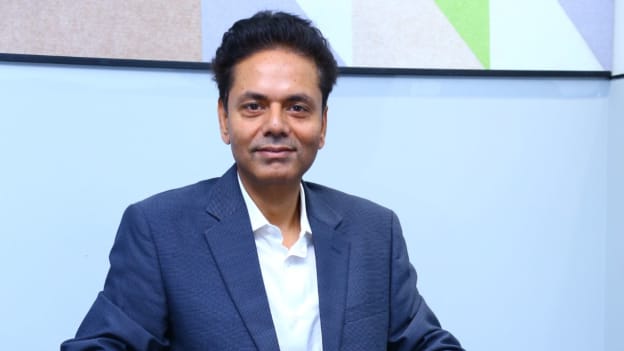Content creation and engineering: Why organisations should invest in it?

The human spirit has always been resilient, finding ways to bounce back, no matter what happens. While the pandemic was hard on each one of us, there was so much that we learnt as the world changed and so did work and workplaces.
For Sameer Nigam, CEO, Stratbeans, who was a guest speaker at People Matters L&D India 22, the new paradigm shifts in learning and development are a reason for celebration as disruptive technologies are set to shape several industries of the future.
But when it comes to the development of learning, it is the convergence of L&D technologies that interests him. Nigam believes that convergence is indeed a force of nature that’s shaping our cultural landscape today. It is this phenomena that has brought about transformation to people and processes.
The technological revolution brought forth by the invention of mobiles and smartphones further led to the birth of digital content revolution, which is everywhere today. We have content creators/influencers on Instagram, YouTube, Tik-Tok, etc., with free content available at the click of a button. But how can we leverage these components to benefit organisations as we invest in L&D programs?
During his session, Nigam segregated the L&D components needed for future skilling into four essential parts:
Content Authoring - The vision of the future when it comes to content authoring involves knowledge influencers, zero cost of creation and futuristic engagement. In the case of organisations, content is usually created by vendors in the L&D space, purchased or is legacy content. But can we do something different?
Sharing a case study, he explains how a large apparel brand in the US was pitched this idea to create content in-house where members of each department were encouraged to share their insights and wisdom through the visual medium. Over a period of six months, relevant content specific to the organisation was created by subject experts, which included content that employees could use on a day-to-day basis to understand processes and systems better, to comprehend their roles better and also solve problems without asking anyone for help. In the end, 997 hours of content was made with 18 per cent amplification by peers who re-shared it.
Content Engineering - For the longest time, content engineering encompassed SCORM analytics. But what if you could create a pie chart to x-ray and better understand the content you are creating in the form of text, audio, images, videos, etc. The vision of content engineering is to create content that isn’t outdated, is mobile first with bandwidth and cloud cost down to zero.
Sharing another case study, Nigam explains how content which was made six years ago by a Philadelphia company was refurbished using relevant technologies to bring it up-to-date to the current times.
Competency Management - Under the umbrella term, ‘competency management’, falls competency inventory (in real-time) and designing personalised learning paths. While all organisations do have a competency map, what most lack is aligning the employee and organisation on the same path. For reskilling to happen successfully, the content authored and the content engineered should merge together. And if done right, it can lead to massive transformation including internal hiring of employees.
Content Engineering LMS (ceLMS) - This term includes all the modules, content authoring, content engineering with performance support modules to build future readiness in reskilling.
In the end, it is all about finding the right ways to invest in learning and development programs that benefits your organisation better, without too much focus on market trends and what softwares are garnering more traction and popularity. Stop, think and then make your move!









